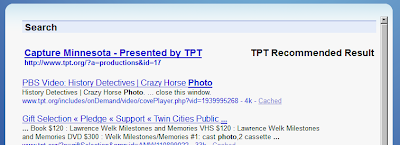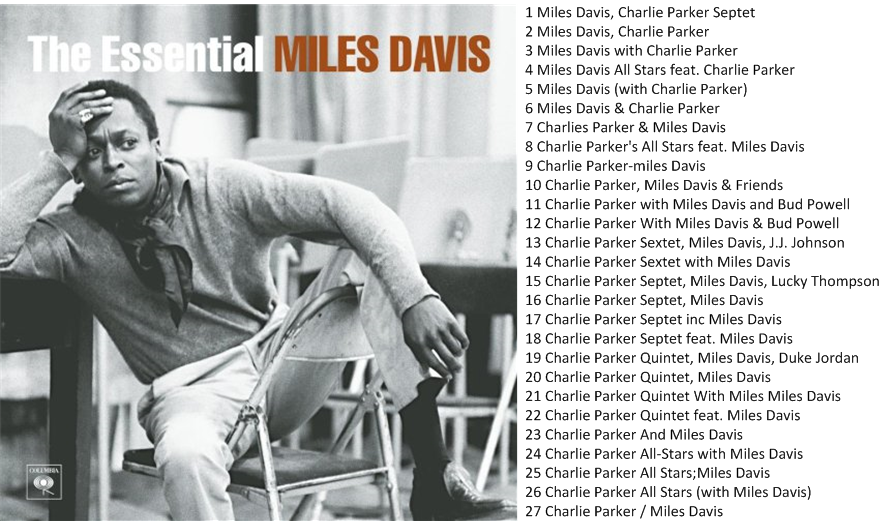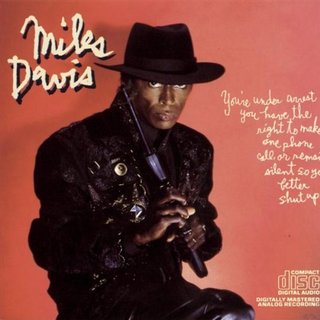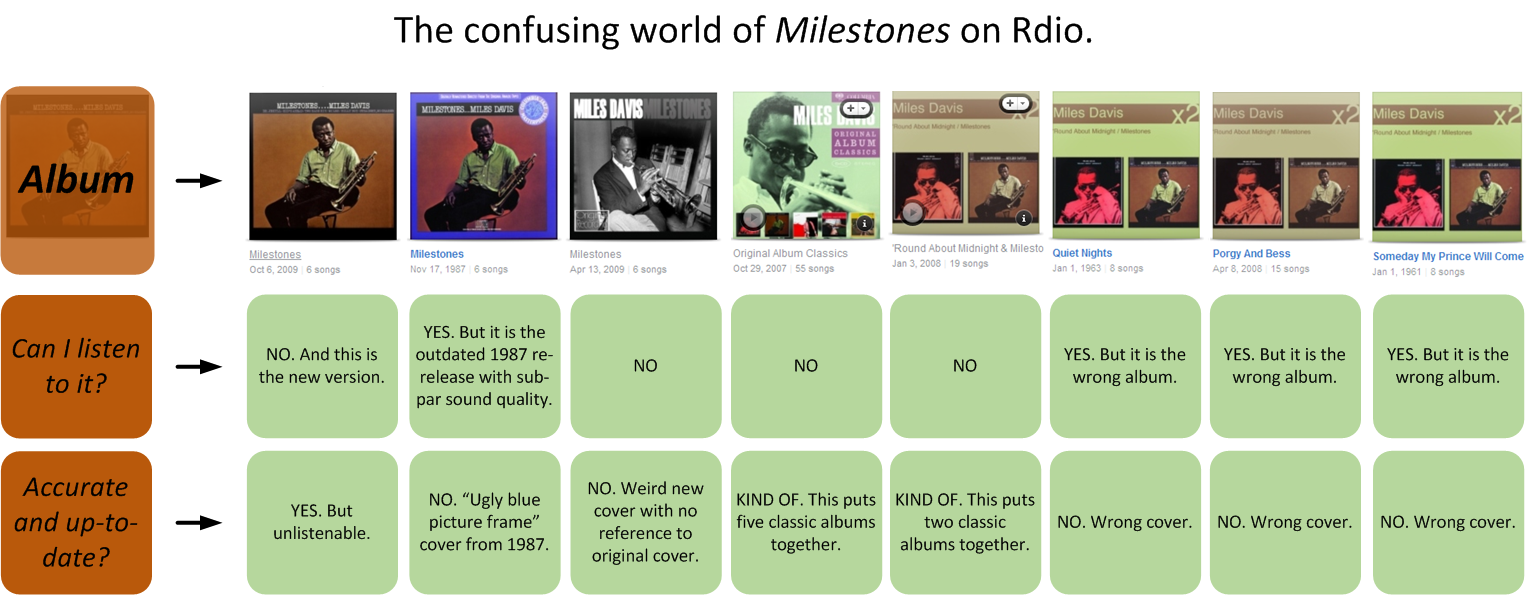Campaigns and other short-term online efforts can easily spoil online navigation and the user experience. Dismissing familiar cues to cut corners will leave people confused and ultimately unsatisfied. Consider campaigns early in the creation of a content strategy and you’ll preserve the online user experience.
User experience and the supermarket
I fancy milk on my morning cereal. I don’t have a cow, so I go to the store to purchase it. I like it when that process is easy. It was, for the longest time.
Ever since I was a kid, I understood the mysterious code of the milk cap:

- >Blue cap = 2%
- Yellow cap = 1%
- Pink cap = skim
However, at one particular food retailer that shall remain nameless, they use different colors.
My entire life’s work of memorizing the fat content of cow’s milk at the market was destroyed on a recent shopping excursion. This store broke the unwritten code: don’t mess with another man’s visual dairy purchasing cues.
I used to be able to go into the store and buy milk WITHOUT READING A SINGLE WORD OR NUMBER. Look for the proper cap color, then purchase. Now, I have to check and re-check. My milk-buying confidence has been shattered.
That simple color-coding turned out to be a greater navigational cue than I’d ever thought. It is simple, it saves time, and is near-universal. Or so I thought.
Online user experience and the keyword
I also fancy watching PBS on TV. Our local affiliate is running a promo for their photo contest called “Capture Minnesota.” Their 30 second on-air promotional spot for the contest uses an old-timey artifact of a navigational element: THE KEYWORD.
They ask viewers to visit the station’s website, and enter a keyword for more information.
This isn’t a keyword in the Google sense. Think AOL keyword. Circa 1998.
While writing this post, I visited the website to see if I could find said photo contest. It was not in the navigation. Not in the rotating stories element. I did find a mention of it 1,850 pixels down on the homepage, effectively burying it. That’s in sharp contrast to the amount of promotion the contest has enjoyed on-air.
The keyword is not an effective shortcut
For scientific purposes, I did click on the search box. It’s actually labeled “keyword,” rather than “search.” After entering the terms “capture” and “picture,” the search results were decidedly unhelpful. The third term, “photo,” was the one they had slotted in their system to return a “recommended result.” We have a winner! Kind of:

(The “recommended result” is confusing in its own right, as it looks different than other search results, and doesn’t actually contain the term I used to search.)
The chief issue here is using the keyword as a shortcut or work-around rather than incorporating it into the current site. Better options for the photo contest?
- Introduce it into the navigation throughout their site
- Include it on the homepage rotating feature element
- Create banners to temporarily supplant current ad/promo inventory
Just help folks do what they want online (or offline)
Both the supermarket and the local PBS affiliate ended up souring my experiences. (Pun fully intended.)
The supermarket could have followed convention by using the standard milk cap colors, making the selection process as simple as possible. But they didn’t, and it caused me to buy fattier milks in error.
The PBS affiliate could have used any number of other attention-grabbing standard promotional practices seen everyday online. Something milk-cap-color simple. But they didn’t. They chose to rely on the keyword, and it will no doubt cost them traffic.
Make it part of your content strategy
I think the PBS affiliate wasn’t able to fully incorporate the contest into their site as completely as they might have hoped. The contest’s temporary, rather than permanent, existence likely contributed to this decision. In doing so, they soured the user experience.
This illustrates the importance of including campaigns and other endeavors of limited duration online in your content strategy.
Campaigns need space on the site. (Think navigation elements and promotional real estate). They may require governance practices unique only to them. And their performance will likely be of great interest to those in your organization. Each of these campaign considerations should be woven into a content strategy in the context of other content and overall business goals.
Undoubtedly, campaigns will pop up when time is short. Plan for them even though they may not be on the horizon. In doing so, you’ll help maintain a consistent user experience. As we know, that makes both milk buyers and site visitors happy.









